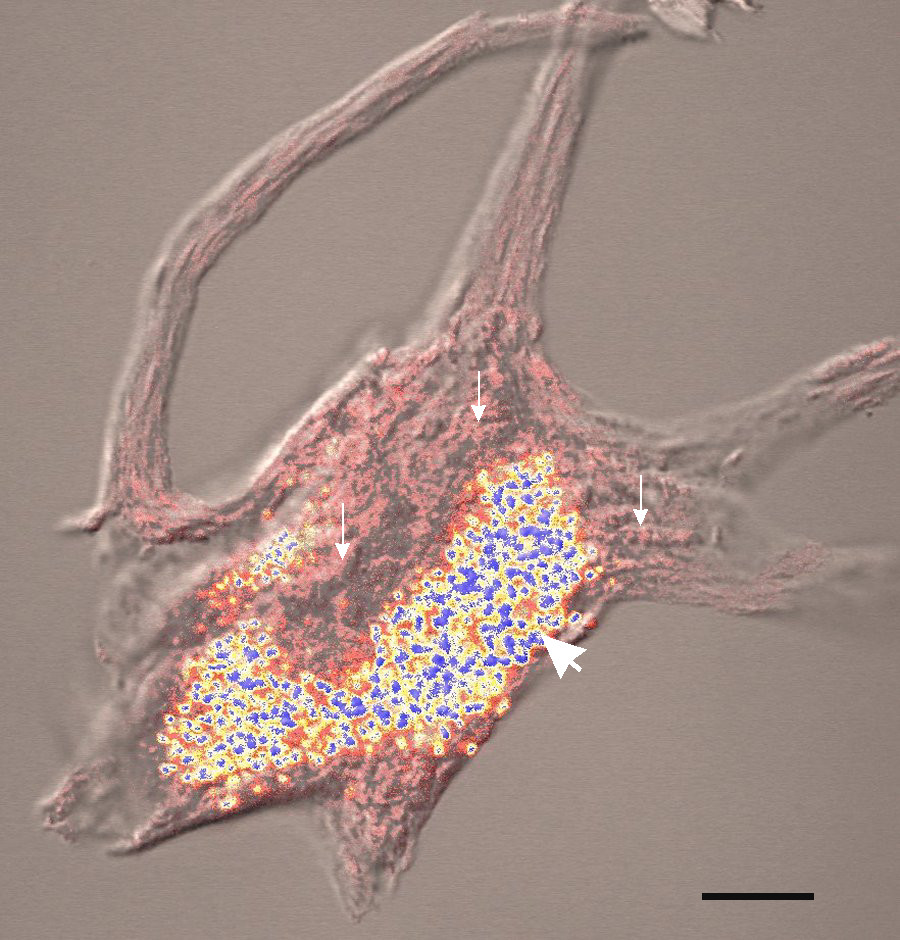Congenital Neuronal Ceroid Lipofuscinosis

Congenital neuronal ceroid lipofuscinosis (CNCL) is a severe form of neuronal ceroid lipofuscinosis (NCL; see this term) with onset at birth characterized by primary microcephaly, neonatal epilepsy, and death in early infancy.
Epidemiology
It is a rare form of NCL with only around 10 cases reported in the literature so far.
Clinical description
Patients present with postnatal respiratory insufficiency, seizures immediately after birth and a lower than normal head circumference. The seizure activity may be noted before birth as unusually strong fetal movements.
Etiology
CNCL is transmitted in an autosomal recessive manner and is caused by mutations in the CTSD gene (designated CLN10; 11p15.5) encoding the lysosomal enzyme cathepsin D.
Diagnostic methods
Diagnosis is based on measurement of cathepsin D activity in cultures of skin fibroblasts or other tissues and autopsy findings (including neuron loss in the cerebral cortex, absence of myelin and the presence of autofluorescent storage bodies). The diagnosis can also be confirmed by identification of mutations in the CTSD gene.
Differential diagnosis
The differential diagnosis should include brain malformations or inborn errors of metabolism associated with decreased brain size at birth (such as 3-phosphoglycerate dehydrogenase deficiency and phenylketonuria; see these terms).
Antenatal diagnosis
Prenatal diagnosis is possible on the basis of enzymatic or molecular genetic testing.
Genetic counseling
Genetic counseling should be provided to affected families.
Management and treatment
There is no effective treatment for congenital NCL.
Prognosis
The disorder leads to death within the first hours or days after birth.